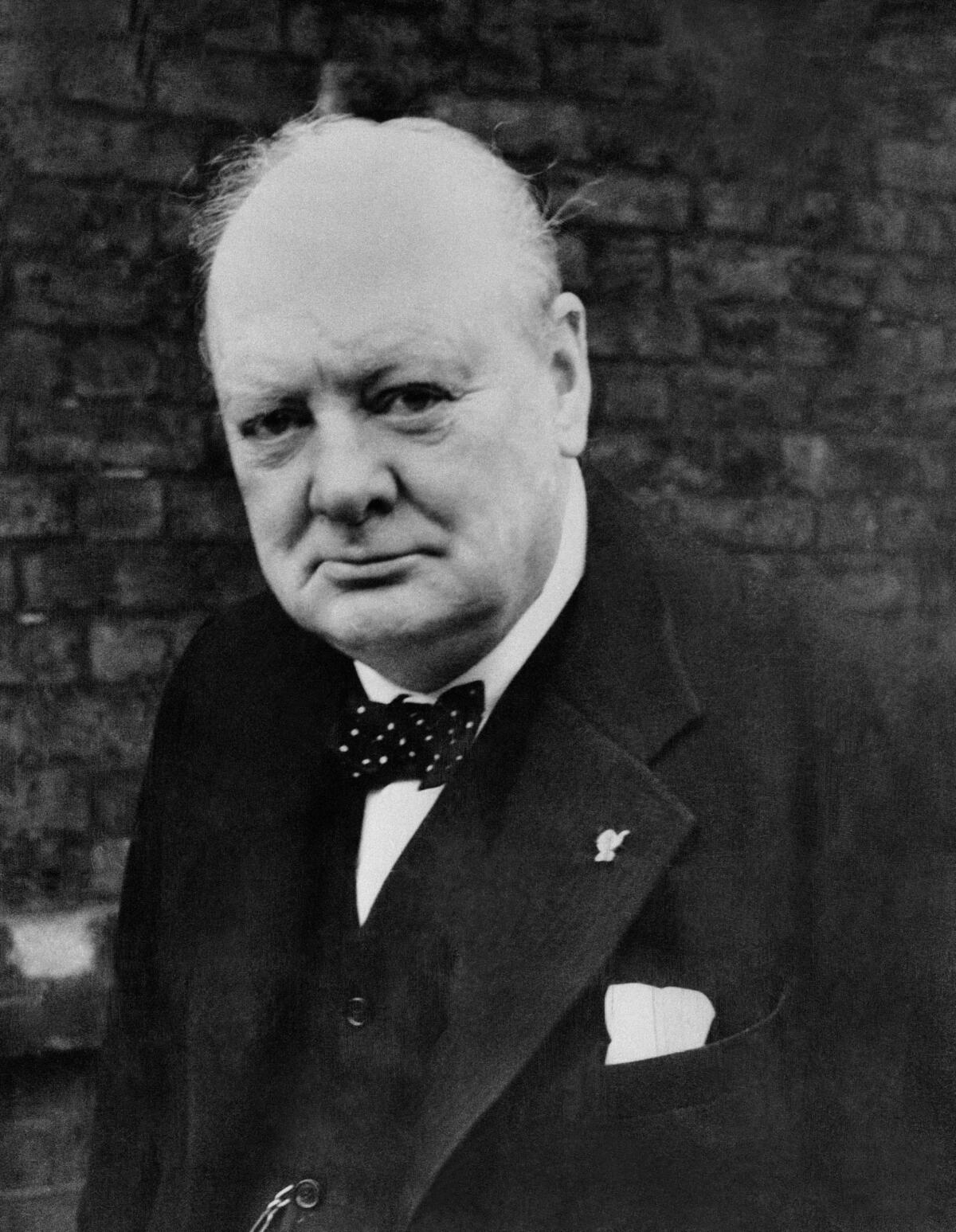A Word, Please: A ‘cherished superstition’ you might not want to read about

- Share via
Can you end a sentence with a preposition? Yes. Can you say so online and not send angry social media users into attack mode? Apparently not.
That’s the lesson of a recent Instagram post by Merriam-Webster’s Dictionary that stated plainly and accurately: “It is permissible in English for a preposition to be what you end a sentence with. The idea that it should be avoided came from writers who were trying to align the language with Latin, but there’s no reason to suggest ending a sentence with a preposition is wrong.”
The denizens of Instagram weren’t having it.
“This represents something ugly,” one replied.
“I don’t like it,” said another.
The outcries came in spite of Merriam’s perfectly illustrating their point: “This is what we’re talking about.”
Not familiar with the issue? That’s OK. It gets less relevant with each passing year. Telling students not to end sentences with prepositions was a fad among teachers in decades past, especially in the 1950s and ’60s. The echoes of those lessons grow fainter every year. And because they were never based in fact anyway, you don’t need to worry where you’re putting your prepositions. But if you’re interested, here’s the lowdown.
Prepositions are words like “with,” “at,” “from,” “to” and “about” that team up with an object to add information to a sentence: You’re going with Sam. I gave at the office. He’s from Chicago. They talked about the weather.
Hyphens help prevent confusion, so use them when you want your readers to know what you mean, writes June Casagrande. But there are exceptions to the rule.
What happens when you move the object of the preposition to an earlier spot in the sentence but leave the preposition sitting there at the end? Often, you get a bad sentence: Sam is who you’re going with. The office is the place I gave at. Chicago is where he’s from. The weather is what they talked about.
Bad sentences aren’t necessarily ungrammatical sentences. Yet some centuries ago, certain observers decided they must be and declared that it’s an error to end a sentence with a preposition. Researchers traced the origin of this fake rule back to the English poet, playwright and essayist John Dryden, who in 1672 wrote a piece attacking writers of previous generations in general and their use of sentence-ending prepositions in particular. His idea caught on, and centuries later it had become what the venerable H.W. Fowler called a “cherished superstition” — not true, yet beloved.
Fowler is no outlier. Almost every credible language authority agrees there’s no rule against ending a sentence with a preposition.
Strunk and White’s “The Elements of Style” states clearly: “Not only is the preposition acceptable at the end, sometimes it is more effective in that spot than anywhere else. ‘A claw hammer, not an ax, was the tool he murdered her with.’”
Here’s Garner’s Modern American Usage: “The spurious rule about not ending sentences with prepositions is a remnant of Latin grammar, in which a preposition was the one word that a writer could not end a sentence with.”
And one more: “The preposition at the end has always been an idiomatic feature of English,” writes Merriam-Webster’s Dictionary of English Usage. This reference book (not to be confused with the dictionary bearing the Merriam-Webster name that inspired this recent fracas) gives some examples of what can happen if you try too hard to avoid a preposition at the end, like this published example cited in 1979: “I never stop worrying as to with whom she’s kicking up her heels now.” That’s a clumsy alternative to just putting the preposition “with” at the end: “I never stop worrying as to whom she’s kicking up her heels with.”
If all this has you fretting over your own usage, take your cue from this famous quote, which is often incorrectly attributed to Winston Churchill: “This is the type of arrant pedantry up with which I shall not put!”
June Casagrande is the author of “The Joy of Syntax: A Simple Guide to All the Grammar You Know You Should Know. She can be reached at JuneTCN@aol.com.
All the latest on Orange County from Orange County.
Get our free TimesOC newsletter.
You may occasionally receive promotional content from the Daily Pilot.






